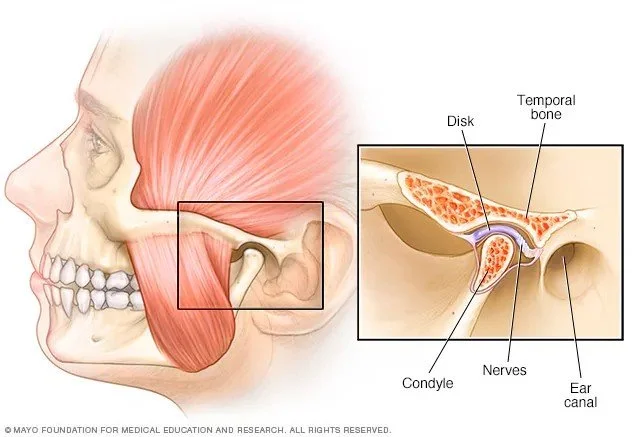TMJ Pain? Here’s What You Should Know (and How DRY NEEDLING Can Help)
A Quick Patient Story
Let’s call her "Emily."
Emily came to us with constant jaw clicking, headaches that felt like a band squeezing her forehead, and restless nights spent clenching without realizing it. She’d tried mouth guards and massages, but nothing lasted.
After a few sessions of ultrasound-guided dry needling, focused especially on her lateral pterygoid (a deep jaw muscle notorious for causing TMJ misery), her headaches lifted.
Her jaw loosened.
And — maybe best of all — she finally slept through the night for the first time in months.
"It feels like someone turned down the volume on my whole body," she said.
That's the kind of healing we love to see.
If you've ever woken up with a sore jaw, mysterious headaches, or a stiff neck, you might be one of the millions dealing with TMJ dysfunction — and you might not even know it. TMJ stands for temporomandibular joint, the hinge that connects your jaw to your skull. When it isn’t working right, it can cause a ripple effect of issues that go way beyond jaw pain.
At our clinic, we specialize in treating TMJ disorders — and we have a secret weapon that makes a big difference: ultrasound-guided dry needling.
How TMJ Dysfunction Wreaks Havoc
TMJ dysfunction can show up in surprising ways:
Chronic headaches
Ear pain or fullness
Clicking or popping when chewing
Neck pain and stiffness
Insomnia (especially if pain flares up at night)
Even dizziness or shoulder tension
Because the muscles around the jaw — like the masseter, temporalis, and pterygoids — connect into broader systems in the head and neck, a problem here can throw off your whole alignment and comfort.
Why Dry Needling Works for TMJ
Dry needling is a technique where a very thin needle is inserted into muscle trigger points — those tight, painful knots you can sometimes feel under the skin. For TMJ issues, dry needling helps:
Release muscle tension
Improve blood flow
Decrease nerve irritation
Speed up healing and pain relief
Clinical studies back this up. In a 2022 systematic review, dry needling significantly reduced pain and improved function in patients with myofascial pain affecting the TMJ region .
Ultrasound Guidance: Our Superpower
Here’s where we do things a little differently:
Most dry needling is done by feel alone. But at our clinic, we use real-time ultrasound imaging to visualize muscles and trigger points with pinpoint precision.
That means:
Greater accuracy (especially for small, deep muscles like the lateral pterygoid, which are otherwise hard to reach)
Better safety
Better outcomes
There are very few clinics in the country that offer this level of expertise. We’re proud to be among them.
In fact, a study published in Frontiers in Neurology found that ultrasound-guided dry needling for craniofacial pain improved outcomes compared to traditional methods . It's like having a GPS for your jaw muscles!
References
Gallego-Sendarrubias GM, Rodríguez-Sanz J, López-de-Celis C, et al. Effectiveness of Dry Needling in the Management of Myofascial Trigger Points Associated with Temporomandibular Joint Disorders: A Systematic Review. Pain Research and Management. 2022. Link
Fernández-Carnero J, et al. Ultrasound-Guided Dry Needling for the Treatment of Myofascial Trigger Points in the Head and Neck: A Pilot Study. Frontiers in Neurology. 2021. Link
